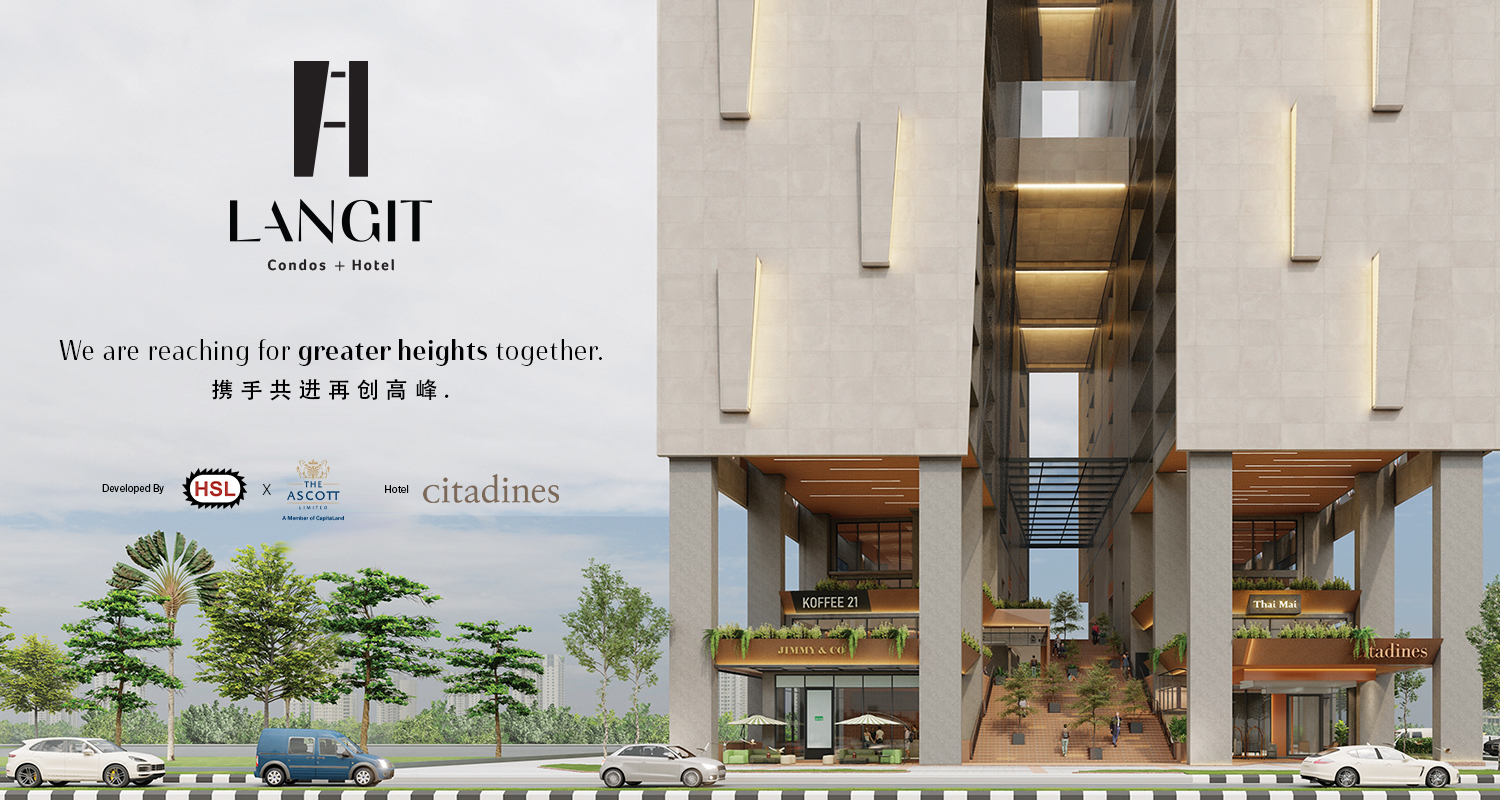
KUCHING, Jan 25: The Sarawak Initiatives (TSI) has fully funded a research initiative to map and evaluate the conditions of all existing ‘klirieng’ of the Punan communities in Belaga and Kapit.
The non-profit organisation forked out about RM50,000 to support Dr Elena Chai, a senior lecturer at Universiti Malaysia Sarawak (Unimas) Department of Anthropology and Sociology, for a project titled ‘Community Heritage Assessment of Punan in Sarawak: Mapping of the Kliriengs”.
The research would inventory the relationship between each ‘klirieng’ with its next of kin (communities) while documenting the detailed process of the ‘menoleang’ (death ritual) and understanding the motifs and designs of the ‘klirieng’ based on beliefs and dream interpretation.
“Findings in this study hope to create a strong awareness of the existing rich Punan heritage of Sarawak. Furthermore, the condition of the ‘klirieng’ will enable the State government and its relevant ministries to expedite conservation efforts.
“This will help the government, stakeholders, and in particular, the Punan community and its younger generation to accelerate the rate of protection and safeguarding of its rich tangible and intangible heritage,” TSI said in a statement.
‘Klirieng’ or ‘Kelirieng’, the secondary burial poles or tomb post, is one of the most prominent tangible heritages of the Punan people, a sub-ethnic group under the Orang Ulu community.
“This study will employ the method of ethnographic fieldwork by locating all the known and unknown ‘klirieng’ in Kapit and Bintulu divisions.
“Families and communities related to the ‘klirieng’ will be interviewed. Punan community leaders will be consulted as well, to find out about their aspiration on the conservation of their tangible heritage.”
The research, covering 28 sites in the Kapit and Bintulu divisions, will capture the motifs and designs of each ‘klirieng’ using cameras and drones, where sketches of the images will be presented to the communities and leaders to garner the meaning and beliefs behind it.
The ‘klirieng’ is touted as one of the best tangible materials to mark’ Laja’ aristocrats from the commoners and enslaved people. It is built as a secondary burial through the lengthy and elaborate process of the ‘menoleang’ ritual.
TSI and Chai’s collaboration came about when the university professor delivered a talk in the association’s leadership programme last year. When proposing her research, she pointed out the urgency to carry out the study as “a race against time”, as the threat of nature continuously ravages such cultural heirlooms.
She cited an incident on Oct 8 last year, when two ‘klirieng’, measuring 22ft and 18ft in length respectively, were spotted at the Penyarai River by villagers of Rh Sengaya, believed to have been brought down from the upper river by continuous heavy rain.
“One was found resting by the riverbank, while another has been spotted in the river itself,” she added, while explaining the instance that warranted urgency to protect this heritage.
Chai added that both burial poles were broken and couldn’t be moved because of their imposing size and weight.
For the current research, the core objectives were to map all existing structures that are still standing, especially in the areas and assess the conditions of the ‘klirieng’ that had long been exposed to the harsh elements of nature.
“Kliriengs are meant to protect or shield the communities from harm, and they are primarily located nearby settlements that are used as territorial markers as well.” — DayakDaily







